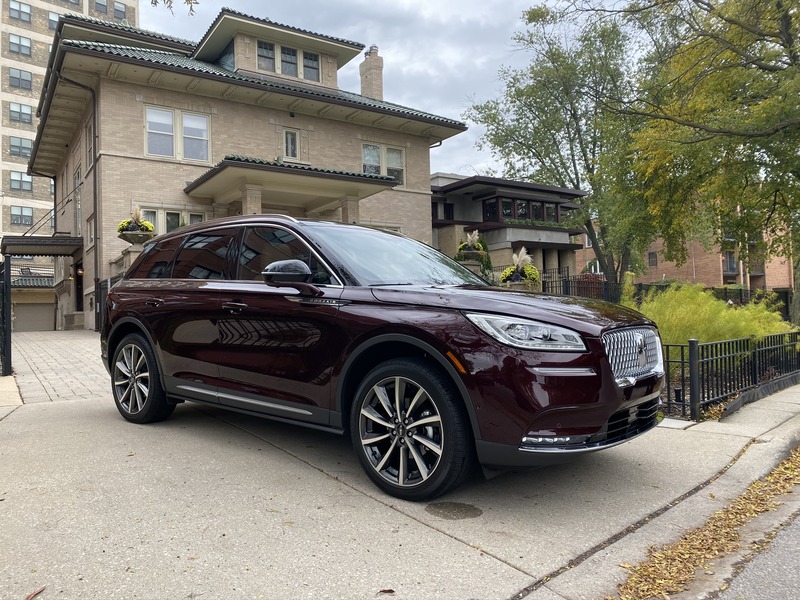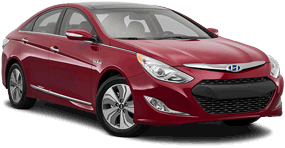Lincoln is on a rampage, and they need to be. Sales struggled for a while, but the luxury arm of Ford has found fresh footing thanks to their new Nautilus (formerly MKX), and the brand new Aviator (based on the new Ford Explorer). Now, they're hoping to gain even more ground with the new Corsair, formerly known as the MKC. We took a closer look at the new small luxury crossover at Chicago's beautiful Lang House with our colleagues at the Midwest Automotive Media Association.
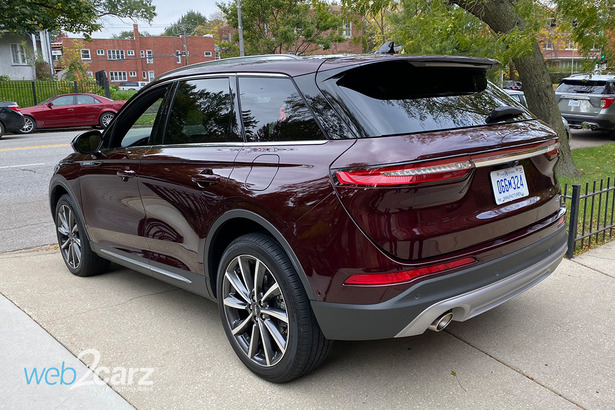
The brand finally recognizes their need to be consistent with design language, as well as real luxury, not to mention with a heavy focus on crossovers. The new Corsair is a big part of that equation. As much as we liked the MKC when it came out, it seemed to toe the line between mainstream and luxury, which isn't exactly a great approach. This is why some Buicks just don't sell.
The Corsair is a serious upgrade in terms of look, feel, and features. Though it's based on the new Ford Escape, the two look and feel very different. The Corsair's styling inside and out is opulent and clealry set it apart as a premium model. The signature Lincoln emblem-shaped mesh grille and the Aston Martin-esque taillights impart styling the Escape can't match. And while the Corsair and Escape share their front suspension setup, the Corsair gets its own chassis and steering tuning and the top trim Reserve gets available adaptive dampers.
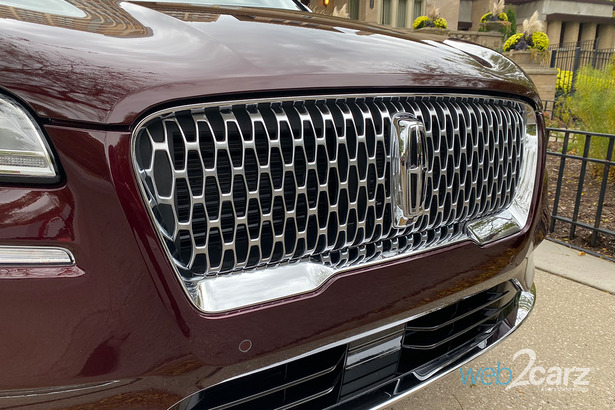
Our tester for the afternoon was the top trim Reserve model with the more potent 2.3-liter turbocharged four-cylinder engine. There are two trim levels for the Corsair. The Standard ($36,940 base MSRP) gets 250-hp turbocharged 2.0-liter inline-four from the previous MKC. It's standard with FWD, and adding all-wheel drive costs a rather substantial $2,200.
The more premium Reserve trim ($43,625 base MSRP) can be outfitted with the upgraded 280-hp 2.3-liter turbo four for $1,140 and gets mated to all-wheel drive. Though we didn't get to mash the gas, the 2.3T in the Reserve was quick but quiet, offering up smooth shifting from the 8-speed automatic and a healthy 310 lb-ft of torque. Buyers will enjoy the comfortable ride and the ample power. The Corsair is sure to be a crowd-pleaser, striking the right balance for those who want to hit that daily driver sweet spot.
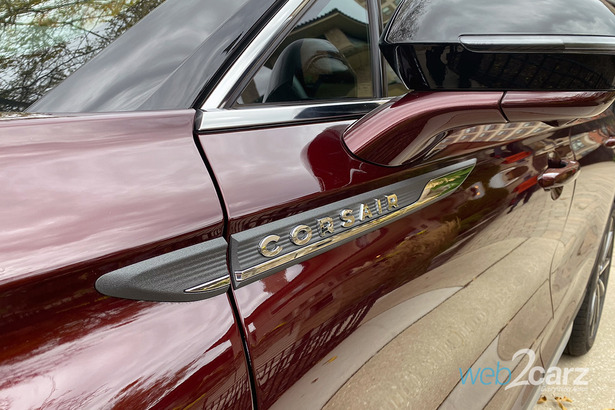
The Corsair's brakes feel very good with firm progressiveness in travel and application. The steering is light, but responsiveness and turn-in lean more on the side of luxury than sportiness, but they're not anesthetizing. Dial up the drive mode selector to "Excite" (Lincoln-speak for "Sport"), and the suspension firms up, as does the steering effort. It's not a dramatic change, but it's nice to have the option, in addition to Normal, Conserve, Slippery, and Deep modes.
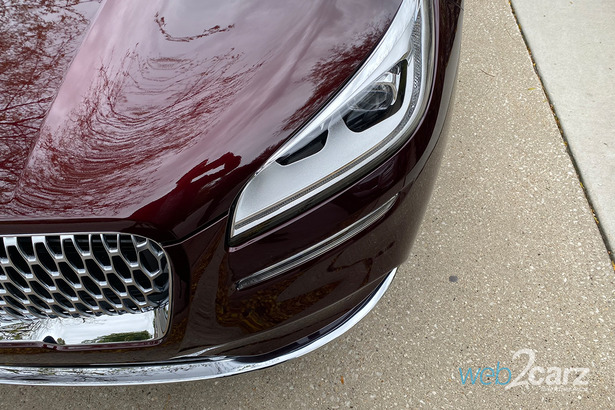
The Corsair also benefits from standard forward automatic emergency braking, blind-spot detection, and lane-keep assist, and an option known as "Evasive Steering Assist", which is an accident avoidance feature in case you don't respond quickly enough to a collision with a stationary object. Another tech focus is the Corsair's Phone as a Key feature. You can use your smartphone (iOS or Android) and unlock and start the vehicle. You can control multiple Lincoln cars from the same app, and you can even set your phone up with a valet passcode that only allows the app access. It's a great idea for owners for convenience, but we're not handing our phone to a valet, passcode or not. Just sayin'.

The Corsair also gets a healthy amount of sound deadening, and the result is a very quiet ride, though we didn't take it to highway speeds. The Corsair gets a sound-attenuating windshield and front side glass, a healthy dose of acoustic cabin insulation, and even active noise cancellation via the sound system.
In terms of fuel economy for, the 2.3T with all-wheel drive gets a combined 24 mpg, 4 better than the MKC thanks to the 100-pound weight drop. That's pretty good for a 280-horsepower luxury crossover. Just don't drive it in "Excite" mode all the time, and you should be able to hit the EPA estimates. The FWD 2.0-liter will do 25 mpg combined, but no word on what it will do with AWD... somewhere in between that narrow 24-25 mpg margin.
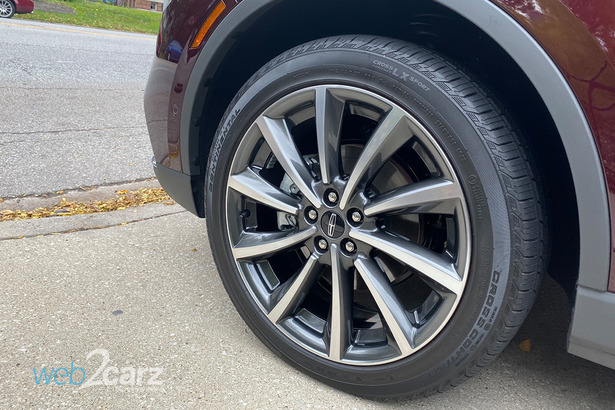
The interior of the Corsair is a lovely place to spend time thanks to rich leather, metallic finishes, and real open-pore wood that actually looks and feels real, unlike highly polished versions found in other premium brands' models. The linear pushbutton shift buttons are more like piano keys, as Lincoln likes to call them, and they're way better than the MKC's vertical setup, even though we don't like pushbutton systems, period.
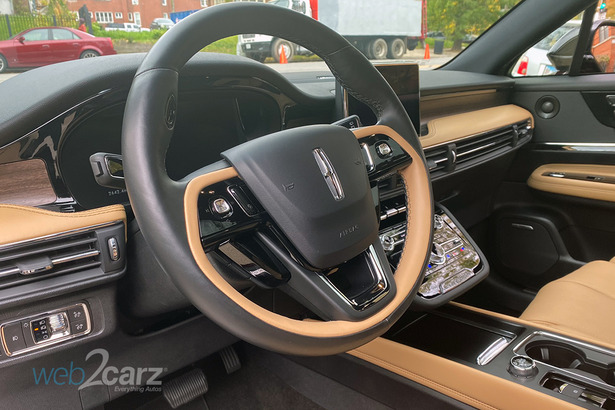
There's a lot of piano black in the center stack that's prone to fingerprints, but everything looks high-end. The Reserve can be upgraded from an 8" touchscreen to a big 12.3" version, which our tester had (along with a great head-up display). Both are crisp and clear. What's most important to note is that the Corsair's interior doesn't look like a pricier version of Ford's Escape. It's distinct, special, and quite fancy.
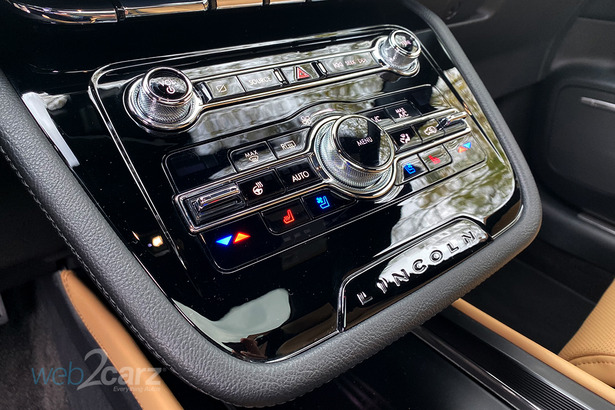
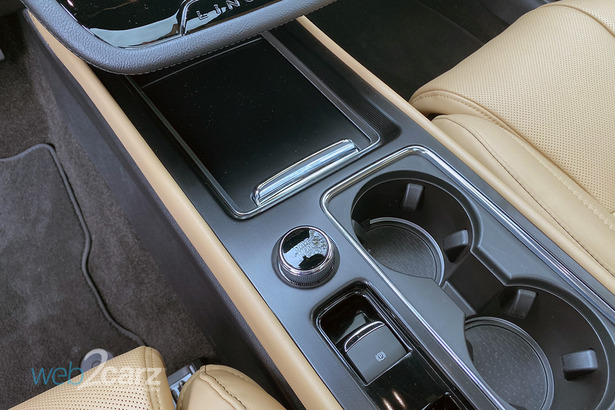
10-way power-adjustable seats are standard and sufficient for most humans, but you can also get optional 24-way versions for both front occupants that incorporate a massage function for those long days and long commutes (2.5 additional inches).
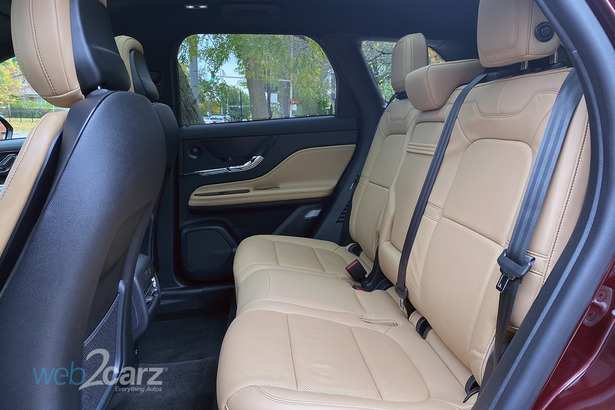
The back seat of the Corsair is pleasant thanks to lower positioning and longer and wider dimensions compared to the MKC. A tall journalist sat behind me (we're both 6-footers), and he had plenty of room. The second row is 60/40-split-folding, and it slides forward and backward a full six inches, as well as reclines. Even the middle position in the second row is decent thanks to a cushion that doesn't sit too high and an armrest that folds flush with the seatback instead of jutting out.
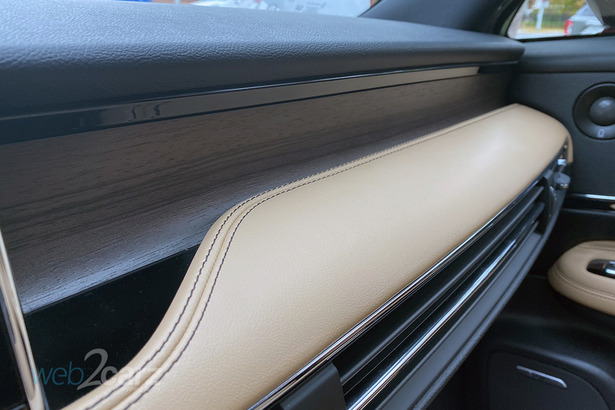
Of note is the price climb once you start adding options. Our tester had almost everything tacked on, and it approached $60K. That's a lot of coin for a small Lincoln crossover, but what you get is a vehicle that's finally premium in look, feel, and driving experience, as well as with technology. Even the Reserve trim can add features like the bigger engine, adaptive dampers, the phone/key system, and a fancy digital instrument cluster. You have to ask yourself if you'd rather have this or something like an uber-sexy Range Rover Velar, which easily upstages the Corsair but likely has questionable reliability.
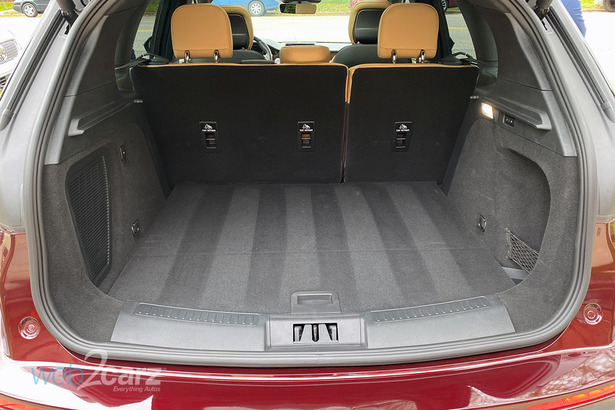
Keep in mind you can also opt for a BMW X3, which drives better than the Corsair and costs less. Our recommendation would be to keep options limited (10-way seats are fine, as is the analog gauge cluster), but get the AWD and the bigger engine. If you can keep the price closer to $50K and not $60K, the Corsair presents a solid luxury crossover choice. Here's hoping Lincoln gains more traction in the crossover segment, but the competition is fierce, and the brand has its work cut out for it. The Corsair gets the right name, the right look, and with some self-control, the right price.
